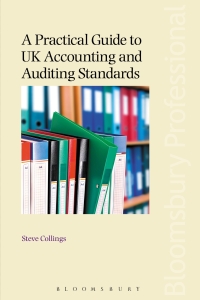

Cindy Scott is reviewing cash flow projections for a $300,000 capital investment for adaptable equipment to service her company's manufacturing efforts. After careful study, analysts have determined that when put to the best use over the next five years, the incremental contribution of the equipment produces a positive net present value (NPV) of $183,109, assuming a 15% annual discount rate (see Exhibit 1). Year 2 Year 3 Year 4 Year 5 425,500 212,750 50,000 60,000 102,750 510,600 255,300 50,000 60,000 145,300 663,780 331,890 50,000 60,000 221,890 531,024 265,512 50,000 60,000 155,512 Exhibit 1 Forecasted Cash Flow (all values in $) Year 1 Sales 370,000 Variable cash expenses 185,000 Fixed cash expenses 30,000 Depreciation 60,000 Operating income before 95,000 tax Tax (40%) 38,000 Operating income after 57,000 tax After-tax operating cash 117,000 flow Salvage value Salvage value after tax Total after-tax cash flow 117,000 41,100 61,650 58,120 87,180 88,756 133,134 62,205 93,307 121,650 147,180 193,134 153,307 20,000 12,000 165,307 121,650 147,180 193,134 Straight-line over five years NPV (15% annual discount rate): $183,109 Scott receives a request from her manager, Pat Stevens, to calculate accounting income using the cash flow analysis in Exhibit 1. Scott learns that the equipment is to be financed entirely with a loan at 12%, with interest paid annually for five years and the full principal paid at the end of the fifth year. Scott asks Ted Ludlow, another coworker, for additional suggestions about the analysis. Ludlow makes the following two suggestions: Consider the analysis in Exhibit 1 as a base case and then produce two addi- tional analyses, an optimistic and a pessimistic case, assuming different possible economic environments. Calculate operating income after tax minus the dollar cost of capital (i.e., the weighted average cost of capital (WACC) multiplied by the capital investment). While applying the suggestions from Ludlow, Scott is informed about a competing project that performs the same task over a three-year period. The new project has an NPV of $128,146 with the same discount rate and capital investment as the project in Exhibit 1 (five-year project). Scott starts to consider the merits of the new project (three-year project) relative to the five-year project. 8:01 sil The accounting income for You 2 is closest te A 525.650 3 561.650 $10,050 2 tundlow's first suggestion to Scott is best dricribed as an example at: Asensitivity analysis 8 scenario analysis Monte Carlo simulation Ludlow's second suggestion de best described as the cakulation of A free cash flow to equity residual income. economic profit 4 When comparing the two competing projects, Scott should most Mely accept A only the five-year project. both projects sely the three year project










